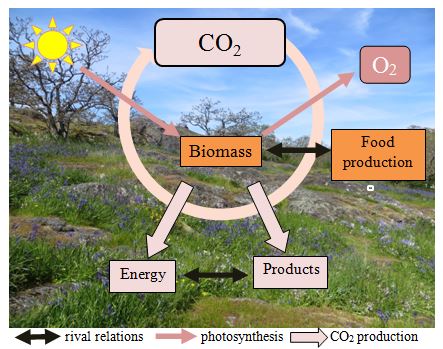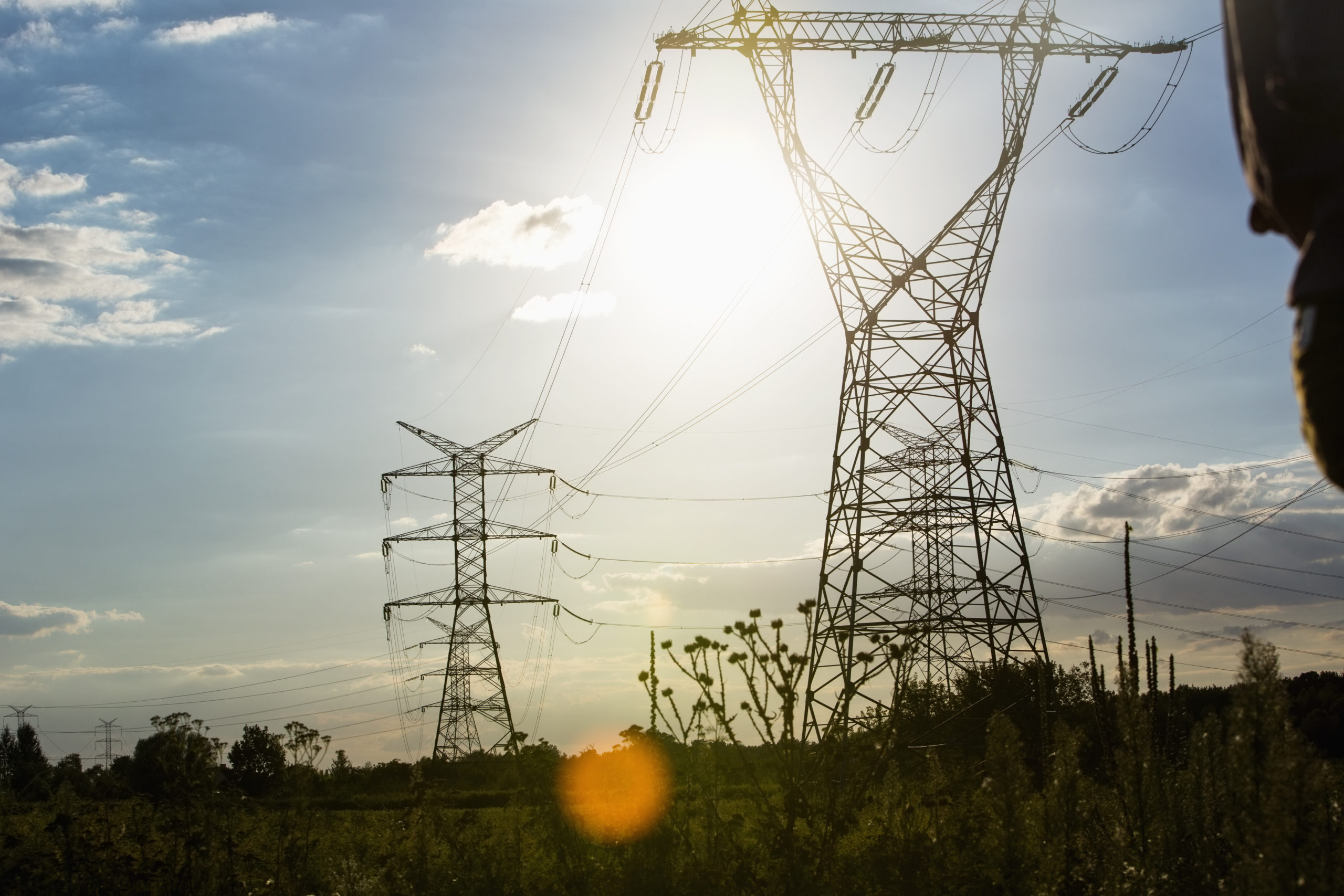by Alyn Engelhardt
Current challenges of the chemical industry
Nowadays, the main targets of the chemical industry are the reduction of energy and greenhouse gas emissions. Therefore the industry is searching for best practice technologies, recycling, and energy recovery options. On this basis, it must be considered whether a bio-based route is more suitable than the fossil-based one. To be able to make an appropriate decision on whether to opt for a bio-based route, companies use Life Cycle Analysis (LCA). LCA is a systematic assessment procedure, it analysis the environmental impact of a product over its entire life cycle. This includes raw material extraction and acquisition, through energy and material production as well as the end of life treatment.
Biomass is probably the most versatile renewable resource currently available. It is defined as organic material and comes from plants and animals. It stores sun energy through the process of photosynthesis, so it contains intrinsic chemical energy. In the past, biomass was already used to satisfy human needs. It served as food, fuel, and raw material until it was more and more replaced by fossil fuels in the course of motorization.
In this article, the potential of biomass will be briefly described, before comparing the advantages and disadvantages because with an increasing demand of biomass comes certain not inconsiderable issues.
Biomass as an energy carrier
Today, at least one-third of the total energy consumption is used by the industry to create products out of raw materials. And more than 80 % of the total energy usage is produced by fossil fuels. Although the demand for renewable energy is rising, the complete energy demand is increasing as well. This becomes a huge problem as renewable energy cannot be stored yet. An alternative to fossil fuels can be biomass. By burning biomass, the chemical energy is released as heat. Therefore, biomass is an excellent energy carrier. Depending on the type, biomass can be converted to fuels, liquid biofuels or biogas.
Biomass for material benefits
In the chemical industry renewable raw materials are to become the basic feedstock and thus replace fossil resources. As raw material biomass can be used for synthesizing various chemicals, e.g. hydrogen, propylene, acetone, and ethylene. Especially ethylene is interesting, as it is an important component for the production of high volume plastics like HDPE, LDPE, LLDPE, and PET. Furthermore, the use of biomass means the production of more biodegradable and sustainable products. Due to this fact, biomass sources are renewable.
The biomass debate
Definitely, one of the several advantages of using biomass instead of using fossil fuels includes less pollution. Biomass is a direct replacement of the chemical feedstock. Plants like corn or rape absorb CO2 emissions. During the burning of biomass, less CO2 emission is released than by burning fossils. In sum, the growing until the burning of plants means a neutral CO2-cycle. But of course, harvest, transport, processing, and conversion mean a higher demand for energy.
Another advantage is the flexibility of biomass, as it can be used as food, energy carrier or as feedstock. By choosing biomass instead of fossil fuels countries to get more independent because biomass can be produced and processed directly on-site with short transport distances. In addition, as an energy carrier biomass is not dependent on external natural influences like wind or the sun. This makes it a calculable parameter.
Unfortunately, too high demand for biomass has a negative impact on the environment. To satisfy the demand we would need to expand agricultural production areas. As a result, this would mean a loss of the ecosystem. It cannot be tolerated, as it disagrees with the principle of sustainability, which states that we have the responsibility to ensure that the needs of the present generation can be achieved without compromising this ability for future generations.
Although energy corps have great potential to replace fossil fuels, biomass might compete with food production. Scientist worries about rising food prices because of the disproportionate consumption of cereals alongside drought harvests. The cause for the rising demand for food, resources, and energy lies within the rising of the world population. It is difficult to make a decision about how to use biomass under these conditions. As biomass has great potential in all named areas.





